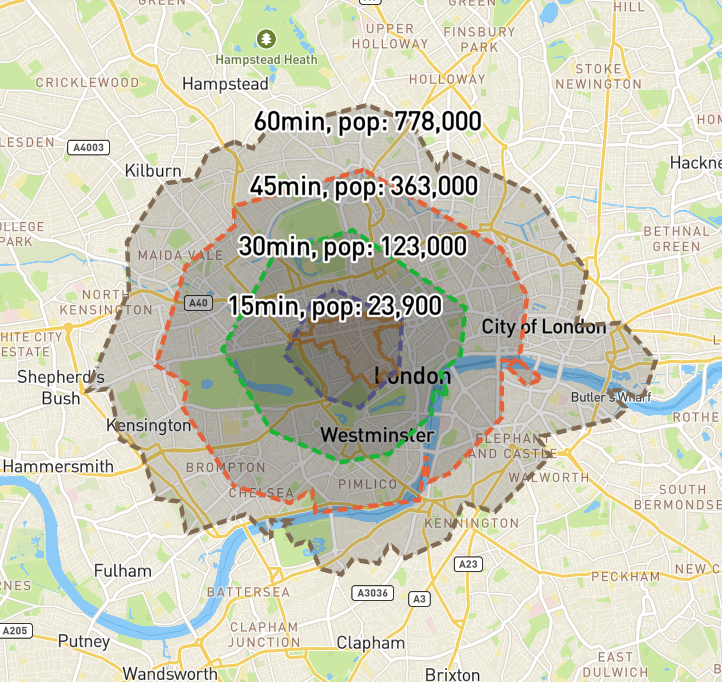As urban centres navigate post-pandemic challenges, understanding footfall dynamics becomes crucial for effective urban planning and economic revitalization. In this context, cities like Birmingham, Cardiff, Bristol, and Edinburgh are employing innovative strategies to boost foot traffic and invigorate their economies. From Birmingham’s mixed-use developments in Martineau Galleries to Cardiff’s historical and waterfront transformations, each city leverages unique approaches to enhance their urban appeal. Bristol’s data-driven redevelopment and Edinburgh’s strategic use of its historical allure highlight the importance of combining traditional strengths with modern insights. This exploration delves into how these cities are using footfall data and strategic planning to foster sustainable urban growth and resilience.
Footfall Dynamics and Urban Planning
Birmingham has experienced a significant drop in footfall, a trend exacerbated by the temporary boost from the 2022 Commonwealth Games. However, strategic urban projects like Martineau Galleries focus on mixed-use spaces to encourage foot traffic by integrating living, working and leisure environments. Cardiff also uses a mixed-use strategy but focuses more on converting historical and waterfront areas (e.g., the Canal Quarter) to draw in different demographics. The city is witnessing a slow yet steady improvement in footfall, suggesting resilience in its urban fabric.
Bristol uses a comprehensive approach by combining data analytics with targeted urban redevelopment, as seen in the transformation of The Galleries and the former Debenhams store into vibrant community hubs. Edinburgh, with its lower-than-average footfall decline, leverages its historical allure, focusing on transforming prime retail locations into mixed-use developments that attract both tourists and locals.


Economic Indicators and Revitalization Efforts
Birmingham is grappling with economic revitalization by emphasizing the repurposing of existing spaces rather than new constructions, thereby maintaining an architectural continuity that appeals to both residents and investors. In contrast, Cardiff shows a proactive shift in its economic indicators, with vacancy rates slowly improving and new store openings signalling a retail resurgence.
Bristol and Edinburgh showcase strong public-private collaboration, with Edinburgh notably leading the way with increasing prime Zone A rents, an indicator of the city’s enduring commercial appeal. Bristol’s focus on leveraging mobility data to understand and adapt to shopping trends is crucial in strategically positioning its retail offerings.
Policy and Public Realm Enhancements
Birmingham and Cardiff have placed significant emphasis on enhancing the public realm to attract footfall. Birmingham’s initiatives in Colmore Row and similar areas aim to enhance pedestrian experiences and accessibility, which is crucial for sustaining footfall. Similarly, Cardiff’s developments not only focus on beautification but also on functionality, making the spaces more accommodating and attractive for businesses and consumers.
In Bristol, the council’s role in fostering an entrepreneurial spirit through capital funding and business development support exemplifies a more hands-on approach in economic stimulation. Edinburgh, with its ambitious plans for Princes Street, is leveraging policy support in transforming its most famous shopping street into a multi-use area that can serve as a national and international attraction.

Resilience and Future Projections
Each city exhibits unique strategies in addressing post-pandemic challenges with a common thread of utilizing data-driven insights for urban planning.
- Birmingham’s focus is on recovery by transforming urban spaces to reflect modern needs
- Cardiff emphasizes its ongoing projects as a catalyst for its economic recovery
- Bristol views its historical sites and public spaces as key assets in its urban strategy
- Edinburgh focuses on enhancing its global appeal through strategic redevelopment of key retail spaces
Conclusion: The Role of Data in Urban Strategy
The use of footfall data extends beyond mere measurement; it is a critical tool for strategic urban planning and economic revitalization. By understanding the nuances of visitor patterns, cities can better plan their development projects, optimize their retail landscapes, and ensure sustainable growth. Custom benchmarks, derived from comprehensive footfall data, enable each city to set realistic, data-driven goals, fostering a competitive yet collaborative environment for urban development across the UK. This approach not only revitalizes retail sectors but also enhances the overall urban experience, making cities more liveable and economically robust.
Read and Download full Case Study
Interested to read more about Visitor Insights? Check our related posts…

